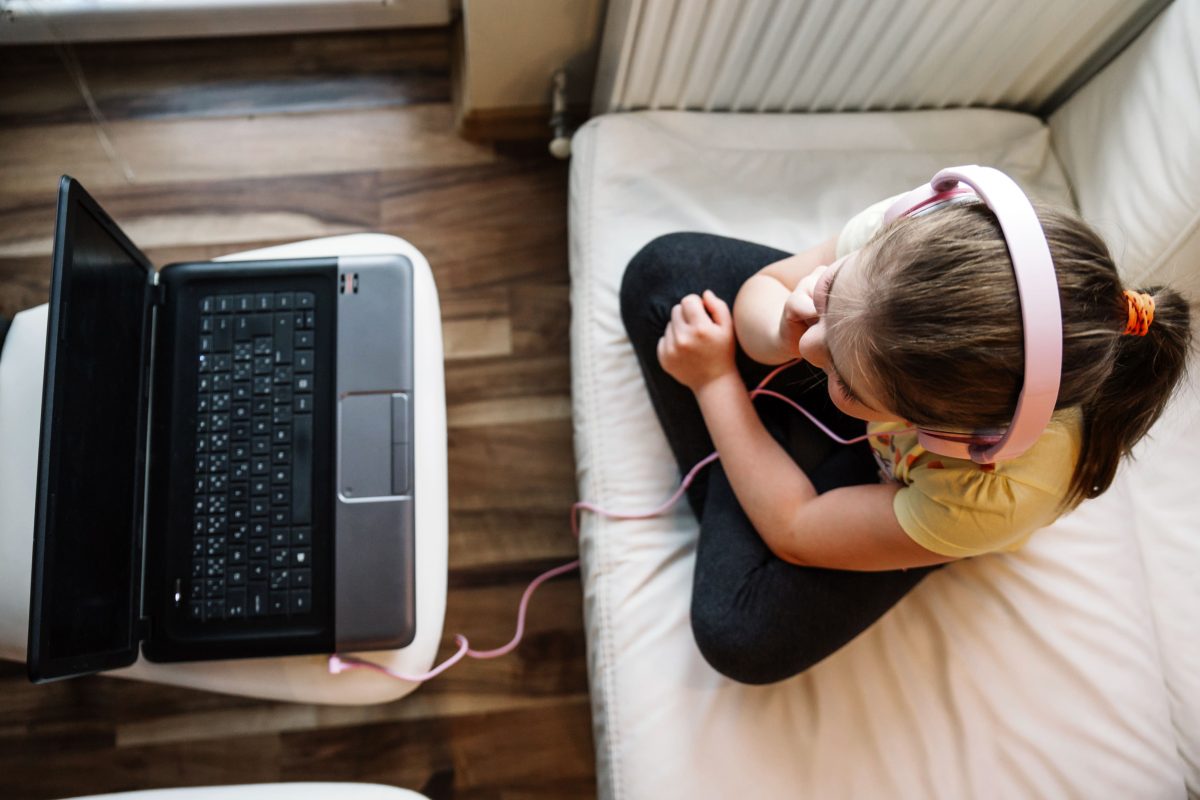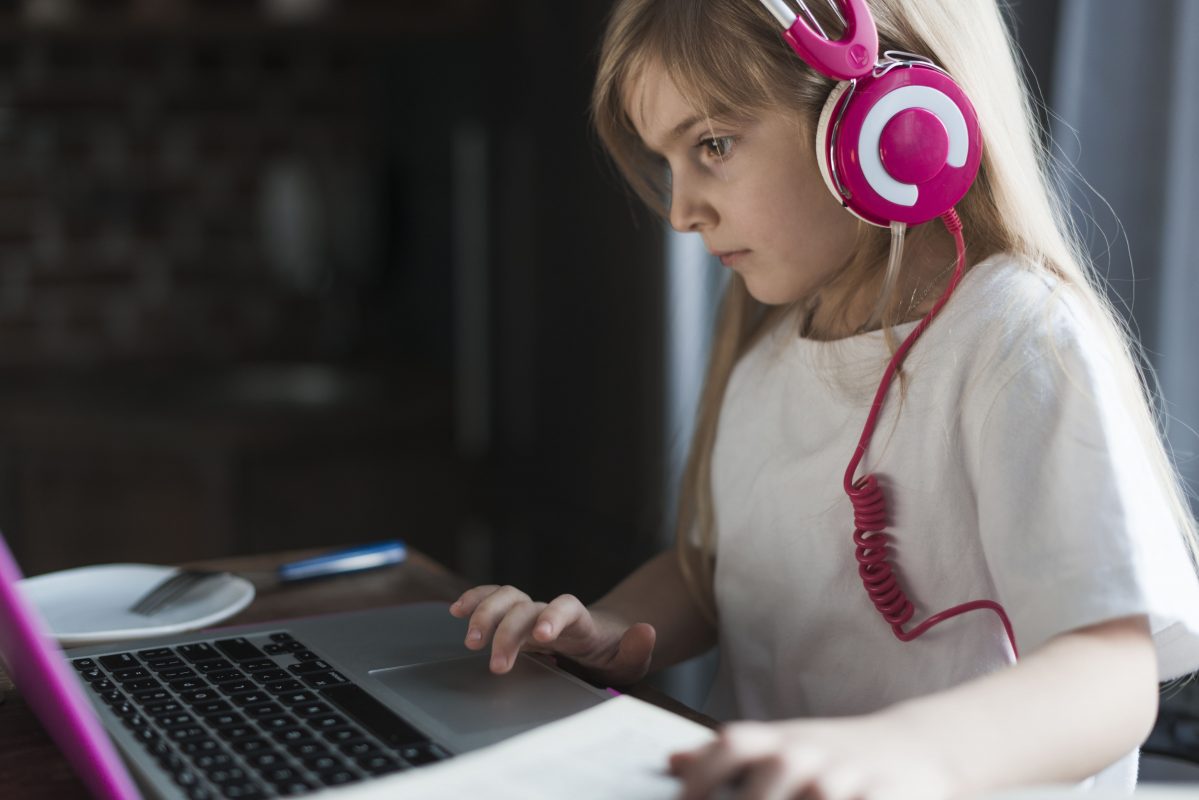Key Points For Teachers While Switching to Remote Learning
In today’s world, where technology is developing rapidly, and it is getting easier to access information, many education platforms with different contents have started to be created. It is indisputable that these channels, which are increasing day by day, have created a revolution in the education system. Due to Corona Virus (COVID-19) schools have been closed and probably this situation will increase the speed of the transformation process from in-class education to online system. Therefore we prepared these key points about the online education system to make you feel ready and knowledgeable. We believe that these little keynotes will inspire you and will cause a remarkable difference in your tutorial.
Make a Well-Organized Research and Get Proffesional Help
Before you start, talk to somebody responsible for online learning. It is not going to be nice just to jump into it. Teaching online is not too difficult to organise but it needs a different approach from in-class teaching. Getting advice from a professional will shorten your online education period. Learners need to understand what they will have gained by the end of this tutorial not only at knowlegde level but also performance level. That’s why course objectives and constraints should be deeply indicated. By this way learners will know how this course affect their learning skills.

Find the Right Digital Platform and Choose the Right Testing Model
Before starting your tutorial, finding the best digital platform will definitely increase the number of students that you reach and, at the same time, will increase your accessibility. There are several digital platforms consider, but, today, we are going to talk about only a few successful platforms.
Firstly, It may be better to use an institution-supported video-conferencing system such as ZOOM from your computer. This will make the lecture more friendly as if you are communicating with an individual student, and this will also allow a high level of direct interplay with the children, as they can either use the instant chat performance. ZOOM even enables you to use different functional rooms, where children make their studying groups and answer your questions.

The other concept for a successful tutorial is the way you use to test your students. They can be small quizzes or examinations. Even though this is an online course, you need to know if they understand the way you teach or not. Results may force you to change your teaching style. There are also several applications for this concept, such as Kahoot, Wooclap, and Mentimeter.
Shorten Your Lectures
Keep your online lectures to no more than 25 minutes, or another option is you can cut them into 15 minute independent parts with activities for students immediately after each part. The presentation should cover the schema of the main headlines, or the important notes in an elongated instruction, allowing the student to make the further inquiry on the details, through further reading or video courses accessible over the net.

Set the Pressure On the Student and Watch the Student Workload
As a lecturer, during the preparation of this tutorial process, you should not stop keep asking yourself how these students can use these 10 hours in an effective way? Also, how can you prepare an environment for children to prevent them from feeling unsocial and isolated?
It is generally utile to make an approximation of how much time per week a normal student should spend studying on your course and do not forget that these students are taking at least four other lessons together with your lecture. It’s unremarkably assumed 10-12 hours studying per week.

Show the Lecturer Presence
Online learners need to feel there is someone taking care of their learning process. Make them feel your teaching presence by communicating with them through e-mails, messages, or live sessions. They need to see you while making an effort to feel them comfortable. When they see you are there regulating and organizing the learning activity, they get more motivated.
Set a Well-Tested Support System
Make sure there is a support team available when you face a technical problem. At least find yourself an IT consultant to ask your questions.

